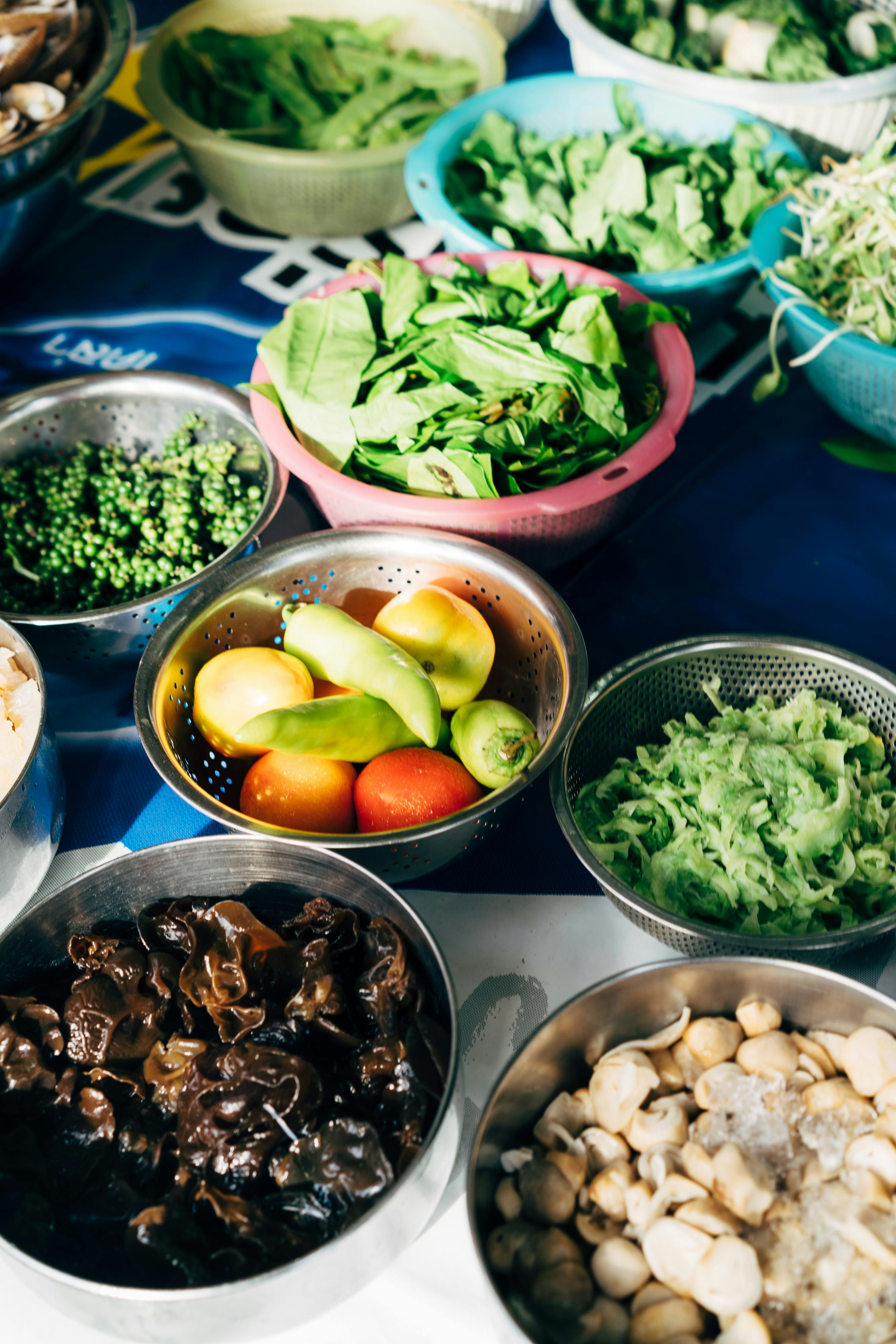Decoding the Health Benefits of Microgreens: The Little Plants with Big Nutritional Punch
Did you know that a tiny, tender shoot of a mature plant could pack such a powerful nutritional punch that it could revolutionize your diet? Welcome to the world of microgreens – the miniature greens that are making a macro impact on health and wellness.

An Introduction to Microgreens
Microgreens, the seedlings of vegetables and herbs, have been gaining popularity in recent years. They are harvested just after the cotyledon leaves (the first set of plant leaves) have developed, usually within 7-14 days after germination. The term ‘microgreens’ was coined in the 1990s, but these tiny plants have been used for centuries in various cuisines for their distinct flavors.
The Science Behind the Nutritional Powerhouse
Research shows that these little wonders are loaded with nutrients. A study published in the Journal of Agricultural and Food Chemistry found that microgreens contain up to 40 times more nutrients than their mature counterparts. They are rich in antioxidants, vitamins, and minerals, which can contribute to a healthier lifestyle.
The Health Benefits of Microgreens
Microgreens offer a multitude of health benefits. They are rich in antioxidants, which protect our cells from damage by free radicals. They are also packed with essential vitamins and minerals like Vitamin C, E, K, and Beta Carotene. Regular consumption of microgreens can boost immunity, promote heart health, and improve digestion.
The Challenges of Incorporating Microgreens
Growing microgreens at home can be a fun and rewarding hobby. However, it requires time, patience, and a little bit of green thumb. On the other hand, buying them from the store can be expensive and they may not always be fresh. Despite these challenges, the health benefits of microgreens make them worth a try.
Quick Facts About Microgreens
- Microgreens are not the same as sprouts. Sprouts are germinated seeds that are eaten whole, while microgreens are harvested just above the soil line.
- Some of the most popular types of microgreens include radish, beet, kale, and cilantro.
- Microgreens can be easily grown at home with a little bit of care and attention.
In conclusion, microgreens are a great addition to any diet. They are packed with nutrients and offer multiple health benefits. Despite the challenges associated with incorporating them into meals, their potential health benefits make it worth the effort. With the right knowledge and a little bit of patience, you too can enjoy the health benefits of these tiny powerhouses. So, why not give microgreens a try? You might be surprised at the big difference these little plants can make.




